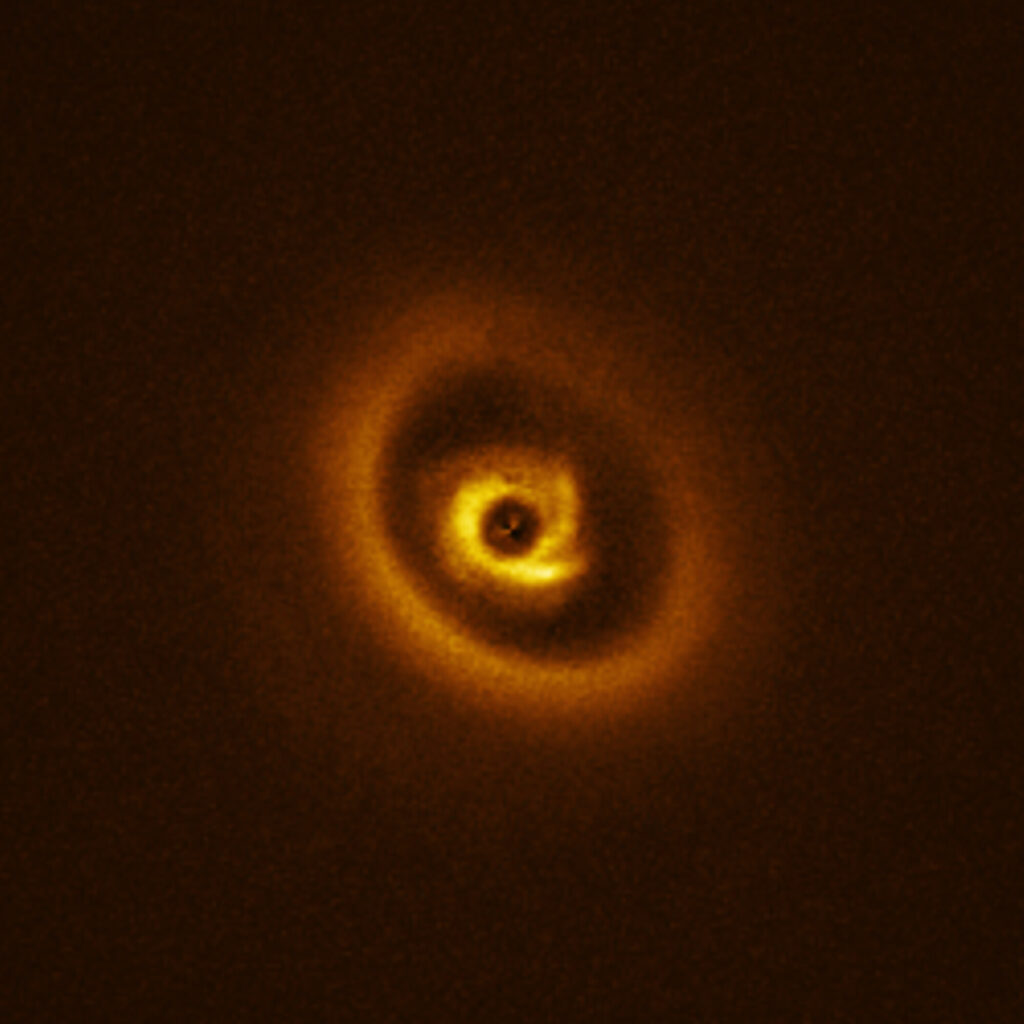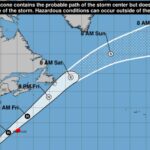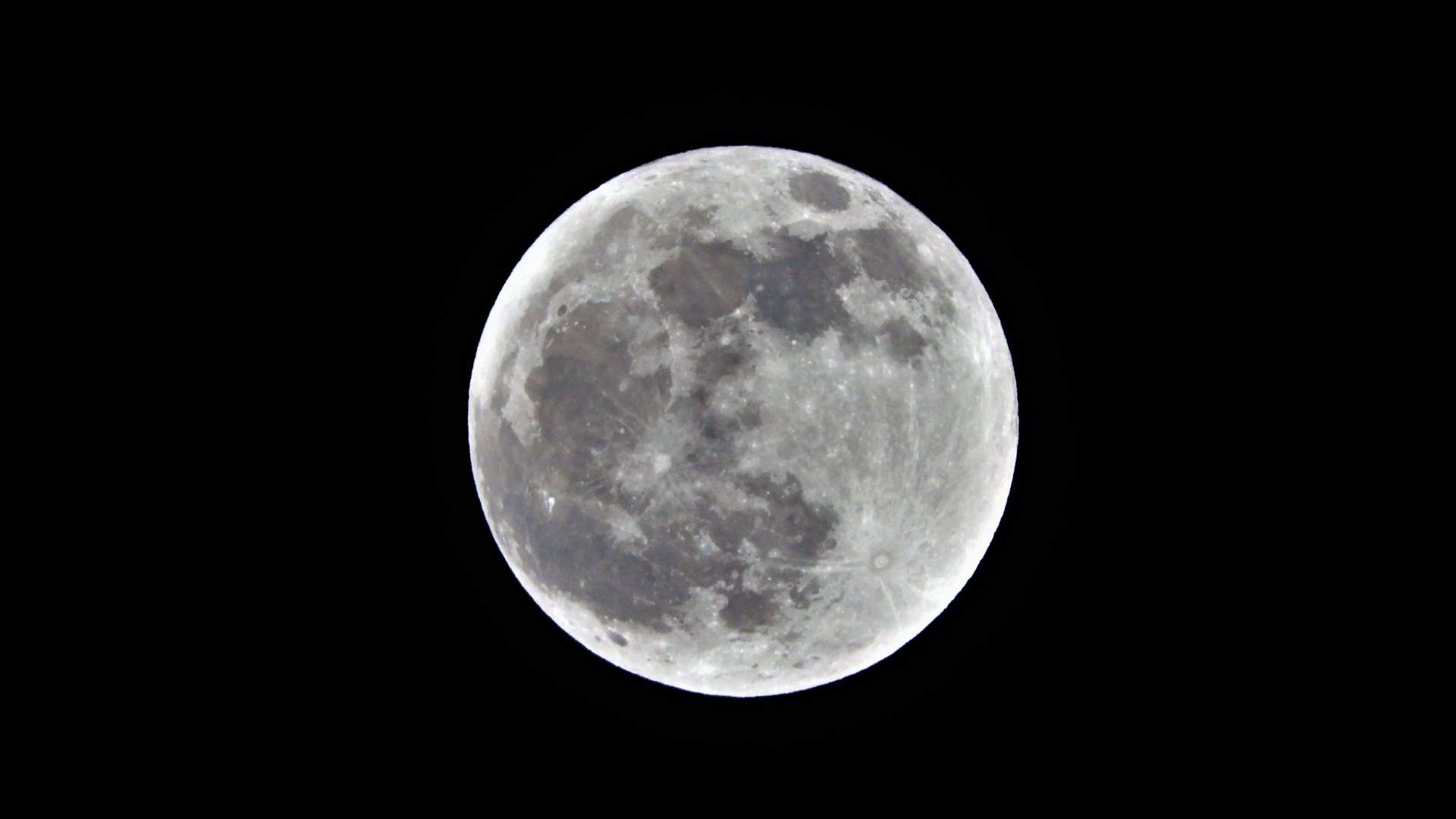
Irish Astronomers Capture Planet in the Making
Irish astronomers, leading an international team, have captured spectacular images of a possible new planet forming around a distant young star — and the scene looks like something from a sci-fi film.
Using one of the world’s most powerful telescopes — the Very Large Telescope (VLT) in Chile, operated by the European Southern Observatory (ESO) — researchers have spotted what appears to be a massive gas giant, potentially several times the size of Jupiter, forming within a swirling disk of cosmic material.
The stunning image, published today (Monday, June 9, 2025) as ESO’s Picture of the Week, shows a highly structured protoplanetary disk stretching 130 times the distance between the Earth and Sun. A glowing ring, a prominent gap, and spiral arms are visible in the scattered infrared light — features that match theoretical predictions of how new planets shape the disks they form in.

“This image is something special,” said Dr Christian Ginski, lead author of the study and lecturer at the University of Galway’s Centre for Astronomy. “It’s rare to find a system with both rings and spiral arms that so clearly reflects planet formation models. It’s an important step toward understanding how planetary systems, like our own, come to be.”
The discovery focuses on a system known as 2MASS1612, located many light-years from Earth. The inner region of the disk — though small in the image — spans 40 astronomical units (AU), large enough to fit all the planets of our own solar system inside.For context, Neptune, the furthest planet from the Sun, orbits at about 30 AU.The disk’s gap, centered around 50 AU, hints at the gravitational influence of a forming planet, possibly shaping its surroundings like a cosmic hurricane.
A Stellar Irish Team Effort
In a proud moment for Irish science, the study was not only led from University of Galway but also co-authored by four Galway-based postgraduate students — Chloe Lawlor, Jake Byrne, Dan McLachlan, and Matthew Murphy — who played a crucial role in analysing the complex data.
“It’s my great privilege to work with such talented young researchers,” Dr Ginski said. “This project wouldn’t have come together without their dedication and skill.”
The students described the experience as both thrilling and transformative, giving them a strong start in the world of academic research and astrophysics.
Next Stop: The James Webb Space Telescope
While the structure of the disk suggests a planet is forming, a direct image of the planet has yet to be captured. However, the Galway-led team has now secured precious observing time with NASA’s James Webb Space Telescope (JWST) — the most advanced space observatory ever built.If confirmed, this young planet could become a benchmark system for studying how planets interact with their birth disks — a major open question in modern astronomy.
“This system could be a key to unlocking the secrets of planet formation,” said Dr Ginski.
The full scientific study has been published in Astronomy and Astrophysics, and can be accessed here.
Share this WeathÉire story:







